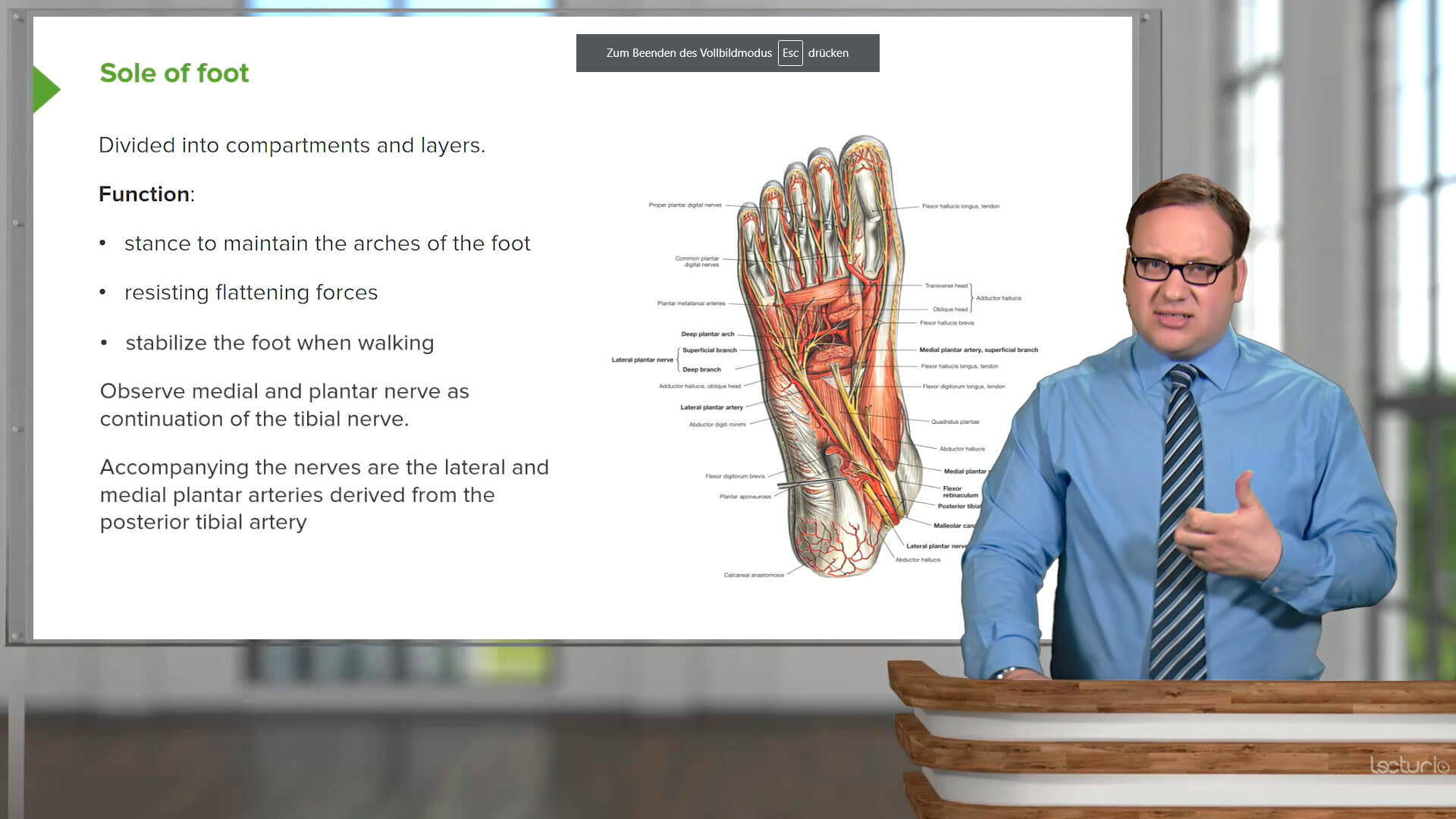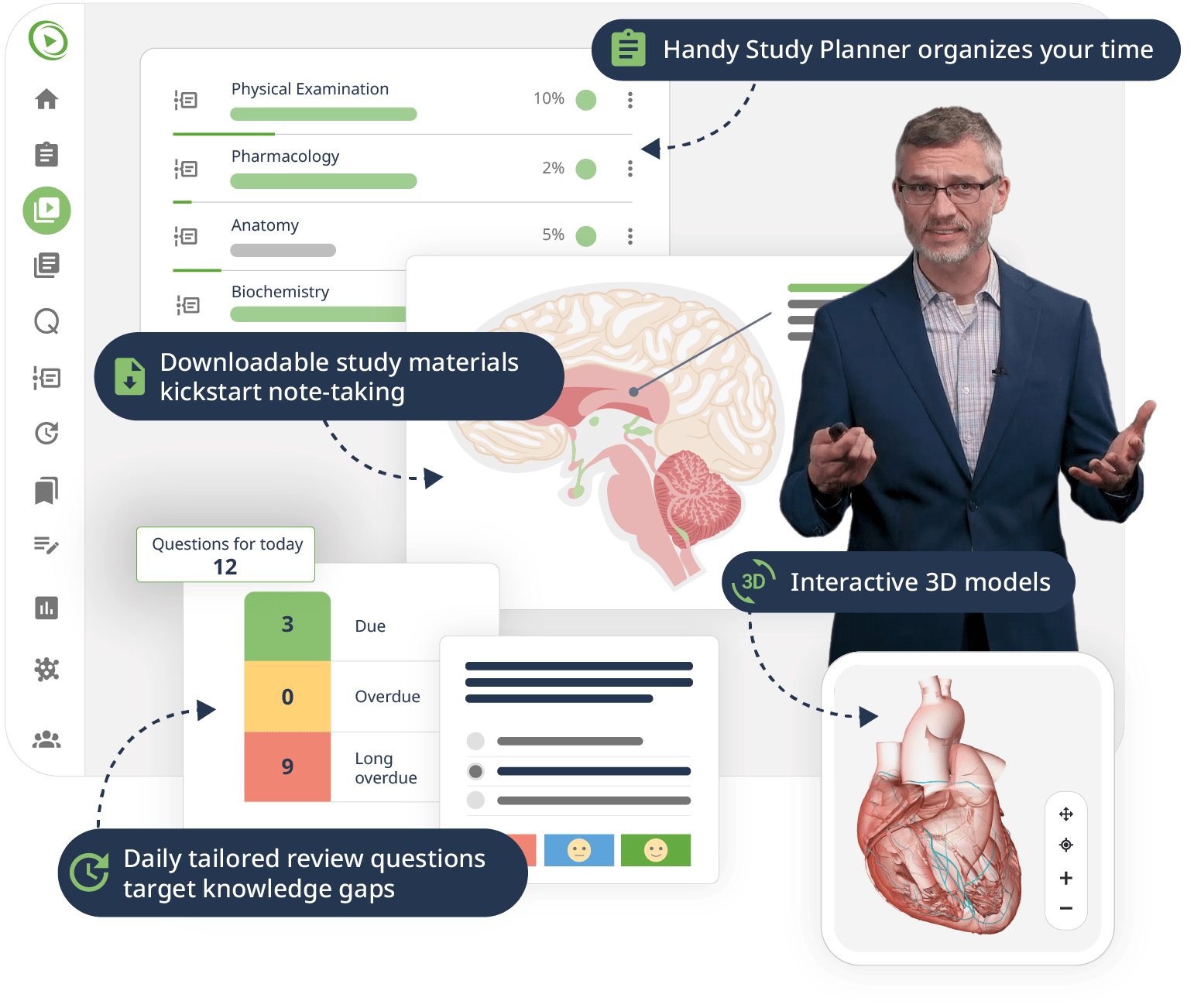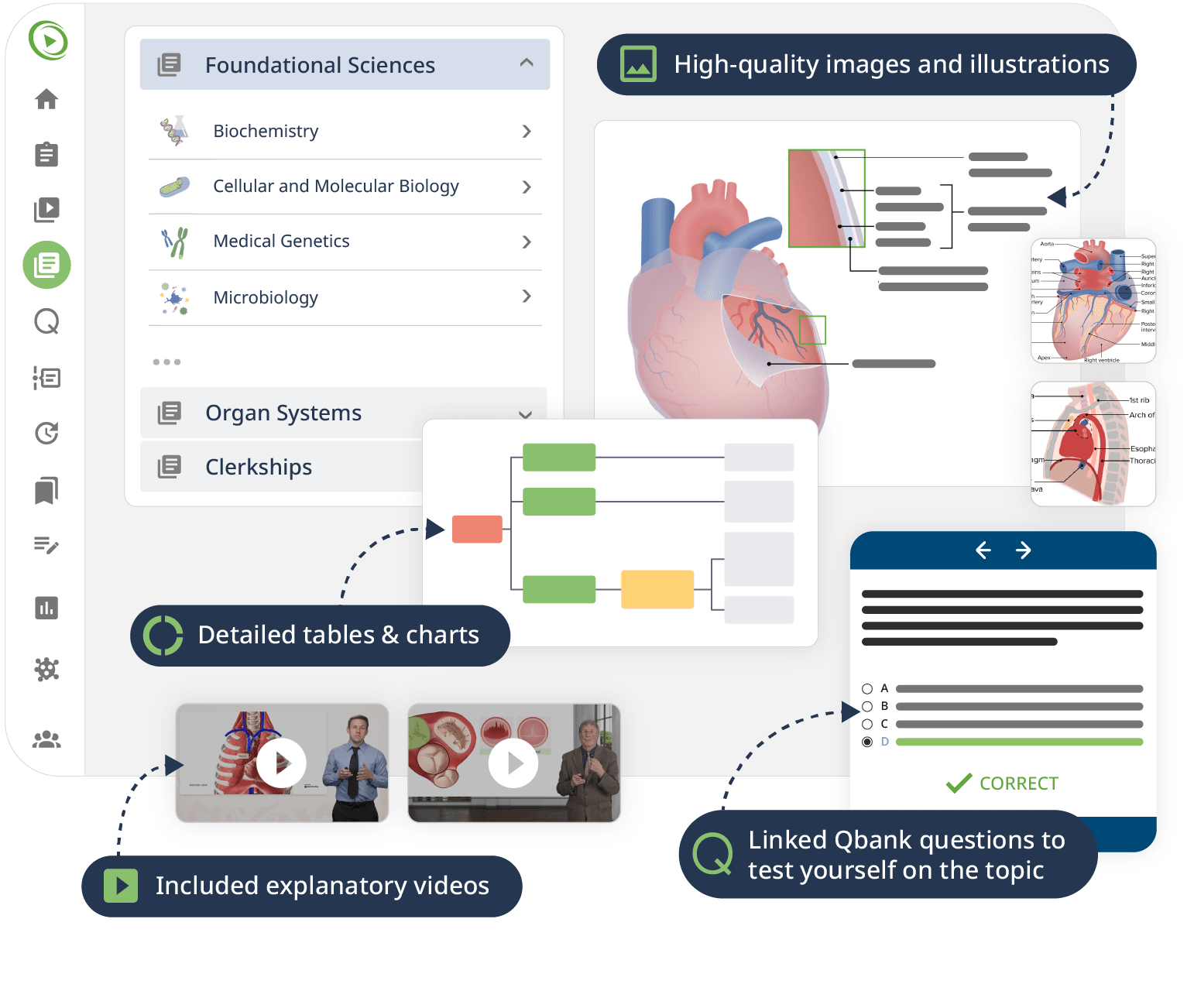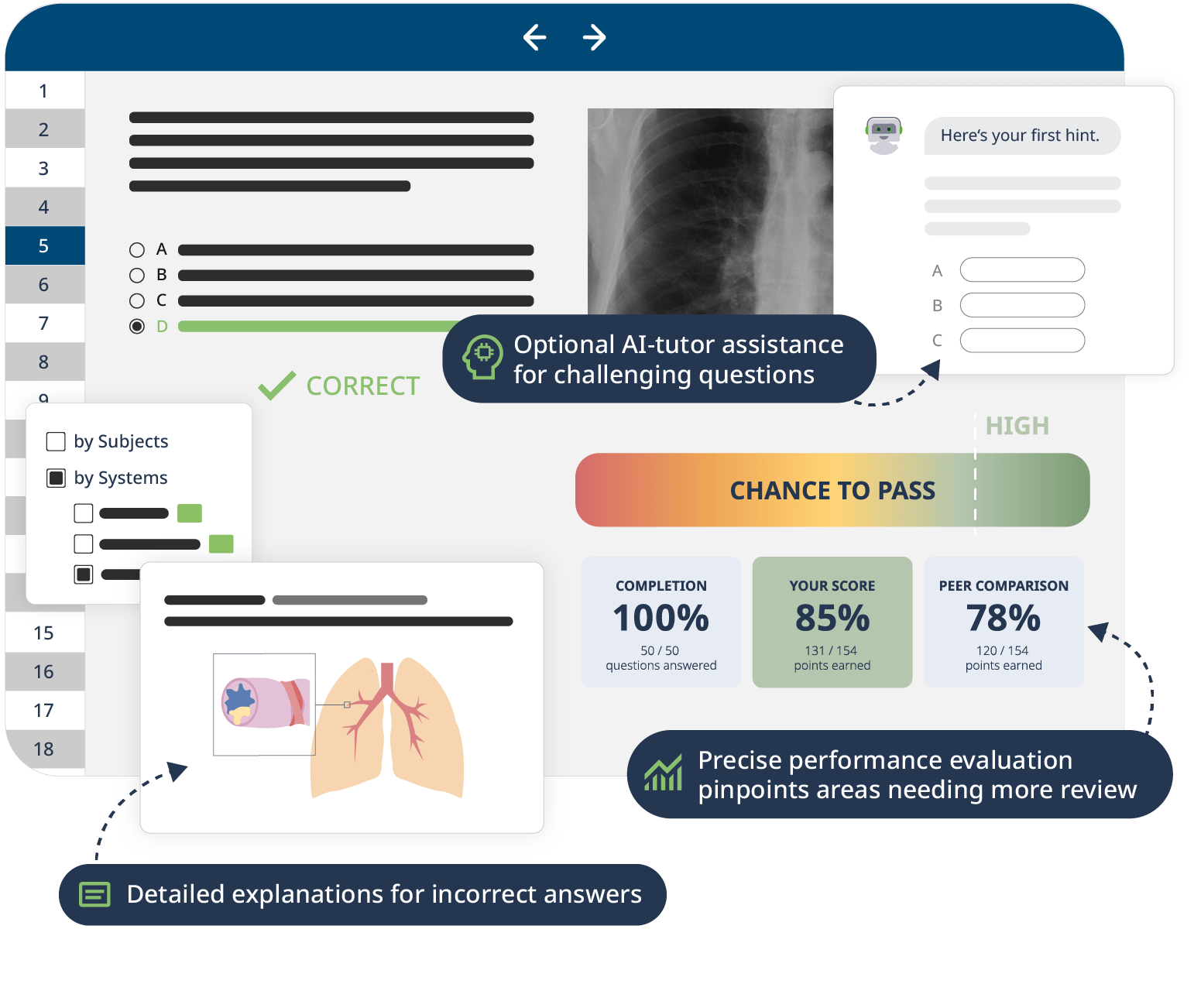Start your online embryology course
with Peter Ward, MD, from the West Virginia School of Osteopathic Medicine
Understanding the intricacies of human development provides the foundation for diagnosing and managing congenital abnormalities. The complex steps of human development from a single cell to a fully formed organism can be challenging to grasp.
This course covers the stages of human development and the root causes of congenital abnormalities, from the creation of a single cell to the development and growth of all body systems. Dr. Peter Ward, an experienced Professor of Anatomy, will lead you through the basics of embryology while highlighting key pathologies that can occur during each developmental stage.
The combination of Video Lessons with interactive quiz questions, downloadable study materials, and a USMLE-style Qbank makes it easy to understand and retain the topics. By the end of this course, you will have a thorough understanding of embryology and feel ready to apply this knowledge in your exams and in clinical settings.


















